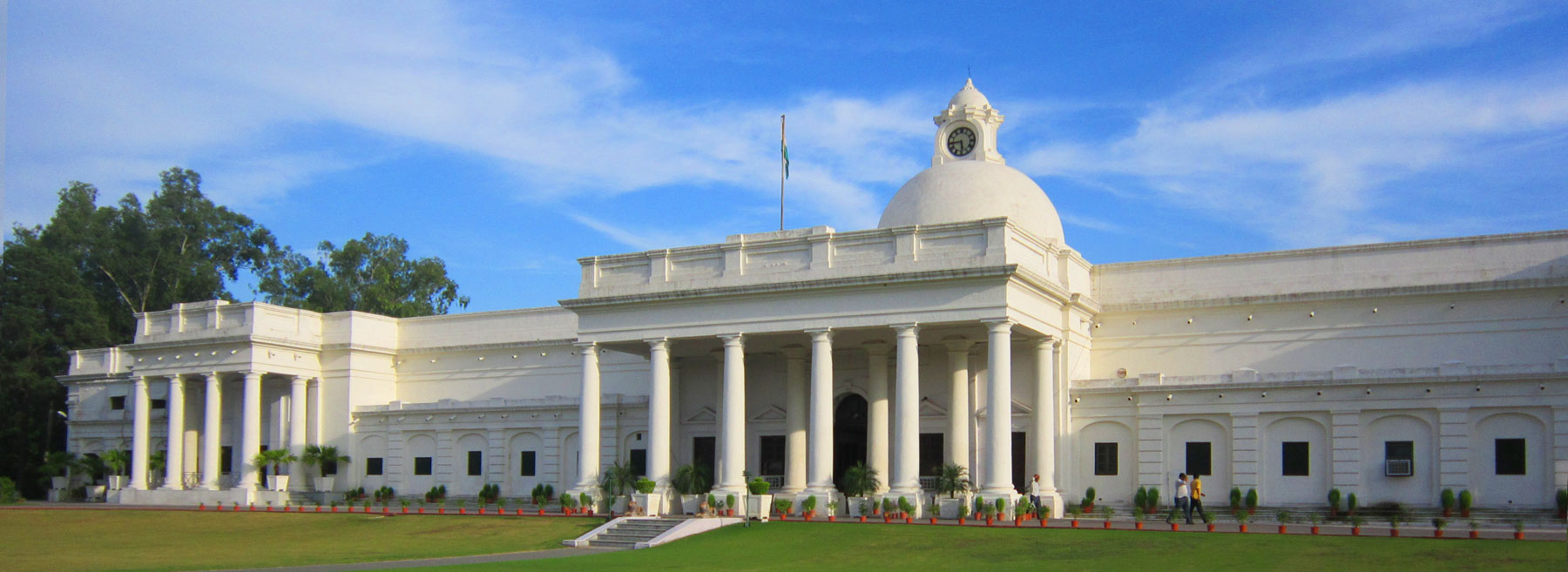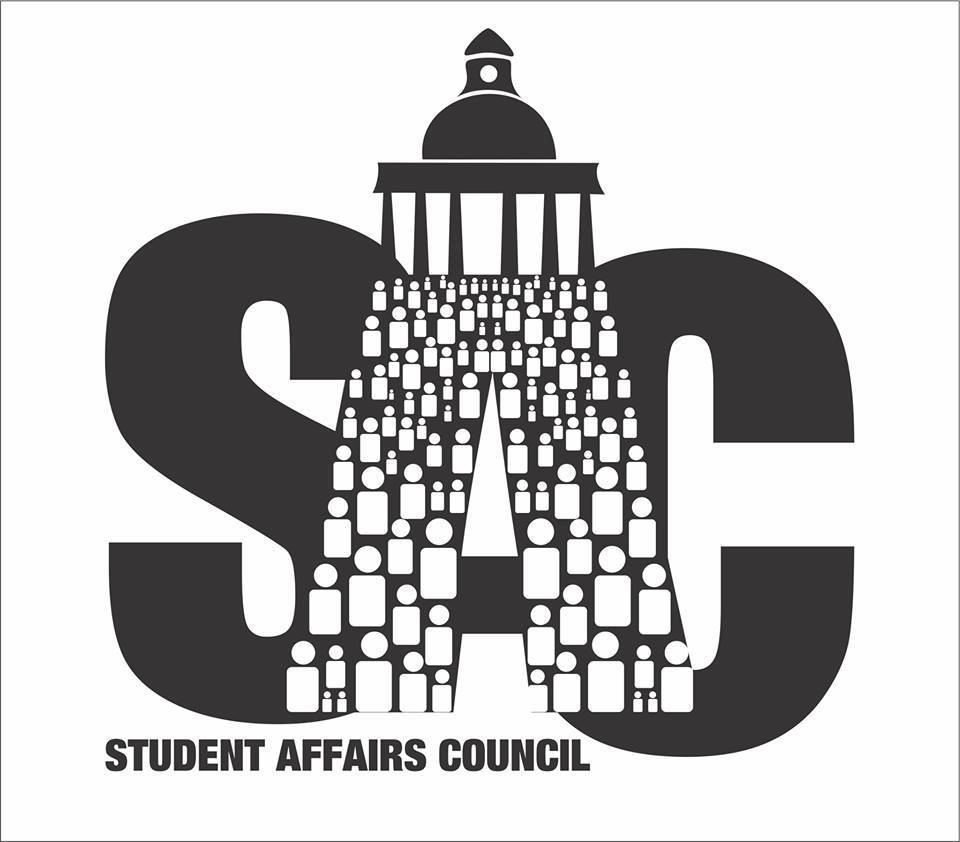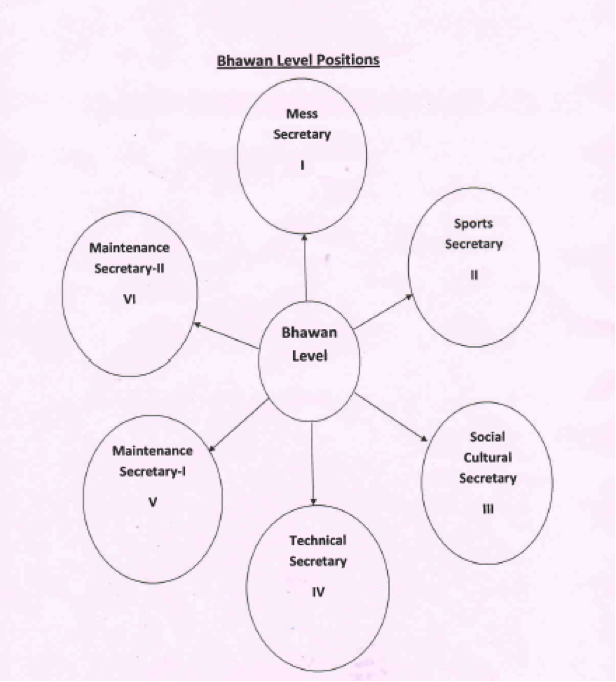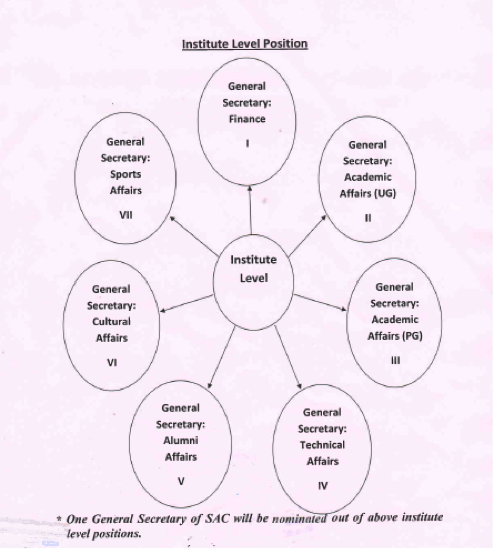

Body of IITR

What is the SAC? How does it function, and who are its representatives? Beyond a few fuzzy beliefs, an unnervingly large section of the student population has little, if any answer to these questions. There is a temptation to blame many of the issues associated with the SAC on so-called “poly” and a flawed election system, an assumption which does hold true, but only partially in light of the actual powers of the SAC.
In this piece, the second of a series, Watch Out! takes a look at the reasons behind this perception and at the reforms which have been announced to how the junta elects its representatives.
In a recent talk with Vamshi Chaudhary, ex-president of the SAC, he explains “The election system of the SAC was designed to take a leaf out of the Indian election system. The students elect representatives from their representative constituencies, each having 70-80 voters. These councillors subsequently elect a cabinet, known in IITR as the SAC-2.” The SAC-2 in its erstwhile form comprised of 117 post holders, who were meant to be the voice of the student body.
The comparison takes a worrying turn at this point. IITR’s student council is hobbled by flaws inherent in the present election process. Dr. D.K Nauriyal, the Dean of Students Welfare and an advocate of the reforms, spoke at length of the regional and communal biases that become emblematic of electoral politics every year. In an interview with Watch Out!, he said, “We were told that there are regional biases and elections are organized in such a way that students form groups based on states, one of these groups gets elected. And then they select one among them to be the president. There were huge regional influences. There were cases of intimidation as well. Students being told either they vote for them, or not dare to come out of the room.
Needless to say, the factionalism involved during the election process makes for an uninspiring Council. This is reflected in the form of poor attendance during meetings. In the very meeting where the reforms were proposed, the attendance was a measly 46 out of a 117 members.
With such a break in the election procedure, the Council hitherto had been inefficient in catering to the needs of the IITR junta. In response, the administration decided to revamp the political system starting this year. The new senate will have a higher number of directly elected representatives. The former system of SAC-1 internally electing for SAC-2 has dissolved, in lieu of which institute level positions will now be elected by the entire student body. Doing away with most of the earlier established positions, the new system is akin to what is in place in other IITs.
At the Bhawan level we now have six positions, discarding the constituency system with new positions complementing the new Bhawan allotment policy intended to build a Bhawan culture. The six posts are as follows -
Mess secretary – Head of the mess council.
Sports secretary – In-charge of the sports facilities of the Bhawan. Will oversee Intra and Inter Bhawan level sports events.
Social and Cultural secretary – Manager of cultural events at the Bhawan level. Responsible for the Bhawan Day events.
Technical Secretary – Co-coordinator of the student mentorship structure at the Bhawan level.
Maintenance Secretary I & II –Responsible for the cleanliness and overall maintenance of Bhawan facilities.
Along with the wardens, the elected students constitute the Bhawan Council. A member secretary responsible for the convening of meetings of Bhawan council will be nominated out of the elected Bhawan council members.

At the institute level, there are seven positions out of which five will be elected and two nominated-
General Secretary (GS) Finance – Treasurer for the SAC.
GS Academic Affairs(UG and PG) - Will be responsible for academic and course work related issues. UG and PG students elect their separate representatives.
GS Technical Affairs – Student representative for various technical groups and projects in the institute. Will also function as the SAC representative in the Cognizance organising committee.
GS Alumni Affairs – Focal point for networking with alumni.
GS Cultural Affairs – General Secretary of the Cultural Council (nominated by the CultSoc). Student representative of the Cultural Council in SAC. Will also function as SAC representative in Thomso organising committee.
GS Sports Affairs – General Secretary of the Sports Council (nominated by the Sports Council). SAC representative in inter-IIT sports.
The aforementioned students will constitute the executive committee of SAC and will nominate one among themselves to be the General Secretary of SAC.

For the uninitiated, the force driving these sweeping reforms in the election procedures is to be done away with the ‘murkier’ side of student politics by encouraging manifesto based elections. Whether or not these are on a par with the objective originally intended, is a story yet to unfold. In the third and the last of the series, ‘Of Pacts and Facts’, Watch Out! will scrutinize the reforms at a microscopic level and paint the bigger picture. Stay tuned!